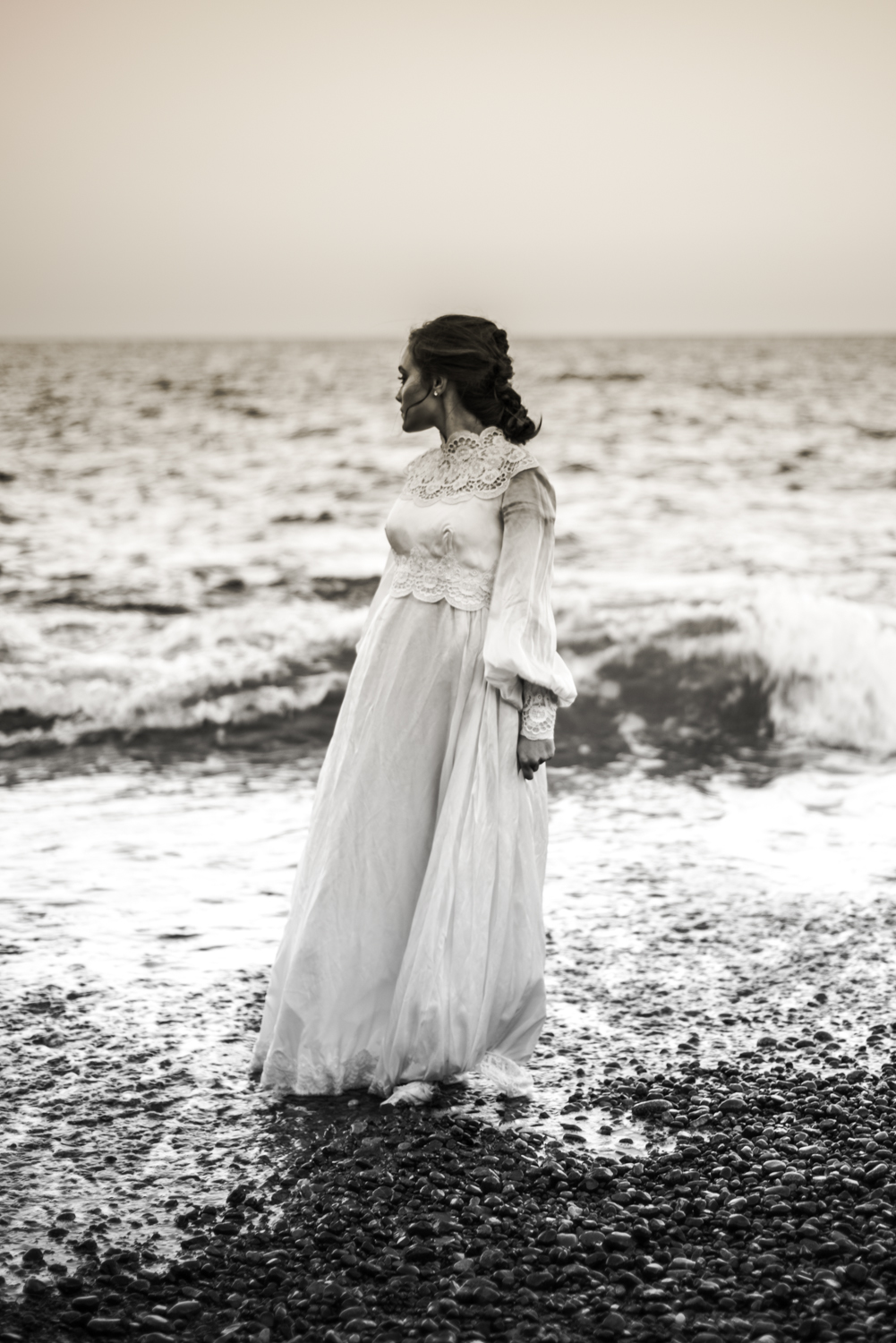Black and white photography is a timeless and evocative art form that transcends the constraints of color, focusing on the essence of light, shadow, and composition. Stripping away color can reveal the raw beauty and emotional power of a scene, allowing viewers to appreciate the intricacies of texture, form, and contrast. In this comprehensive guide, we’ll explore the techniques and principles that can help you create impactful monochrome images, from understanding the fundamentals to mastering advanced techniques.
Understanding the Essence of Black and White Photography
The Appeal of Monochrome
Black and white photography has a unique ability to convey mood, drama, and timelessness. Without the distraction of color, viewers can focus on the core elements of the image, such as composition, lighting, and texture. This minimalist approach often results in more powerful and emotionally resonant photographs.
The Importance of Contrast
Contrast is one of the most critical components of black and white photography. The interplay between light and shadow creates depth and dimension, making the image more dynamic and engaging. High contrast images feature stark differences between the darkest and lightest areas, while low contrast images have a more subtle gradation of tones. Understanding how to manipulate contrast will allow you to create images that range from dramatic and bold to soft and ethereal.
Techniques for Capturing Stunning Black and White Photographs
Choosing the Right Subject
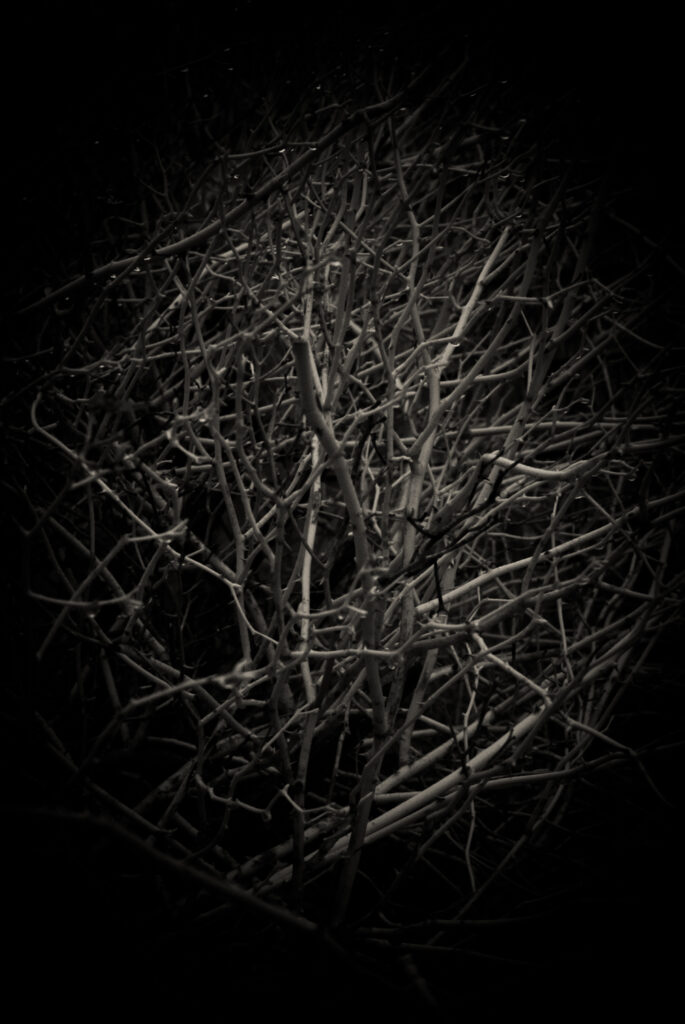
Not all subjects lend themselves well to black and white photography. Look for scenes with strong shapes, lines, textures, and contrasts. Architecture, landscapes, portraits, and street photography are often well-suited for monochrome treatment. The key is to identify subjects where the absence of color enhances the visual impact rather than detracts from it.
Mastering Light and Shadow
Lighting plays a pivotal role in black and white photography. Since you can’t rely on color to define your subject, you must use light to shape and highlight it. Experiment with different lighting conditions to see how they affect your images:
– Natural Light: Soft, diffused natural light is ideal for black and white portraits, as it creates gentle shadows and highlights. Harsh midday sunlight can produce strong contrast and dramatic shadows, perfect for architectural and landscape photography.

– Artificial Light: Studio lighting allows for precise control over the light and shadow in your images. Experiment with different light sources, angles, and modifiers to create the desired effect.
Composing with Monochrome in Mind
Composition is always crucial in photography, but it takes on even greater importance in black and white. Without color to guide the viewer’s eye, you must rely on other compositional elements to create interest and balance:
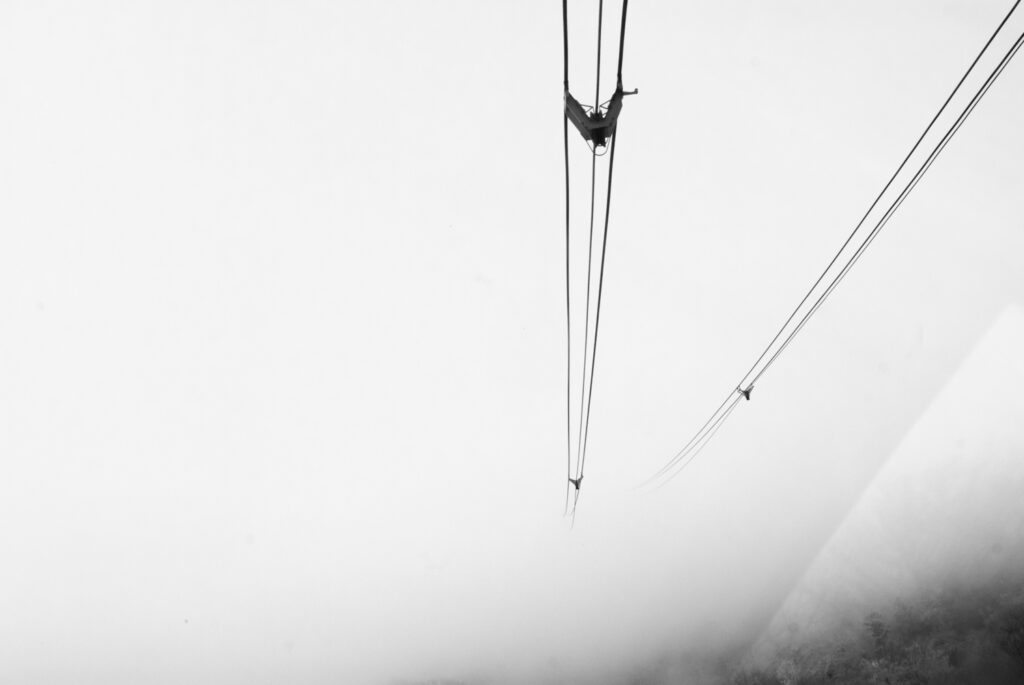
– Leading Lines: Use lines to draw the viewer’s eye into the image and towards the main subject. Roads, rivers, and architectural features can all serve as effective leading lines.
– Rule of Thirds: Divide your frame into a 3×3 grid and place your subject along these lines or at their intersections to create a balanced and dynamic composition.
– Negative Space: Incorporating large areas of negative space can emphasize the subject and create a sense of simplicity and elegance.
Emphasizing Texture and Detail
Textures and details become more prominent in black and white photography. Look for subjects with interesting textures, such as weathered wood, rough stone, or intricate fabric. Close-up shots can highlight these details, revealing the subtle nuances that might be overlooked in a color photograph.
Post-Processing Techniques for Black and White Photography
Converting to Black and White
While some photographers prefer to shoot in black and white mode on their cameras, most professionals shoot in color and convert to black and white during post-processing. This approach gives you greater control over the final image and allows you to fine-tune the conversion process.
Using Software for Conversion

Popular photo editing software like Adobe Lightroom, Photoshop, and Capture One offer powerful tools for converting color images to black and white. Here are some key techniques to consider:
– Grayscale Conversion: Most editing software offers a simple grayscale conversion option. However, for more control, use the black and white adjustment layer in Photoshop or the black and white mix in Lightroom, where you can adjust the luminance of individual colors to achieve the desired effect.
– Channel Mixing: Channel mixing allows you to emphasize certain tones by adjusting the contribution of the red, green, and blue channels. This technique can help you enhance contrast and highlight specific details in your image.
Enhancing Contrast and Tones
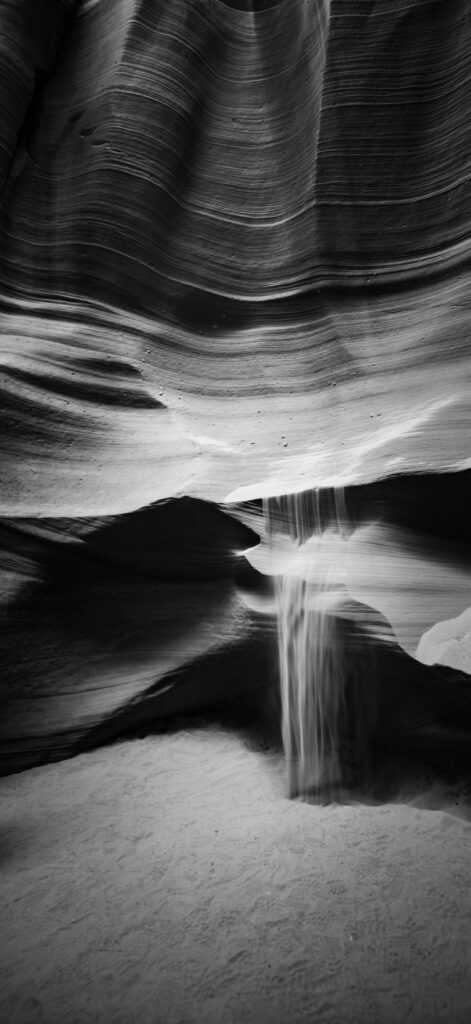
Adjusting contrast and tonal range is essential in black and white photography to create a visually compelling image. Here are some tips for enhancing contrast and tones:
– Curves Adjustment: Use the curves adjustment tool to fine-tune the brightness and contrast of specific areas of your image. Create an S-curve to increase overall contrast or adjust individual points on the curve for more precise control.
– Dodging and Burning: Dodging (lightening) and burning (darkening) are classic darkroom techniques that can be applied digitally to enhance specific areas of your image. Use these tools to draw attention to the subject and create a sense of depth.
Sharpening and Noise Reduction
Sharpness and noise control are crucial in black and white photography, where details and textures play a significant role. Use sharpening tools to enhance the clarity of your image, but be cautious not to over-sharpen, which can introduce unwanted artifacts. Similarly, apply noise reduction to minimize grain, particularly in high ISO images, while preserving important details.
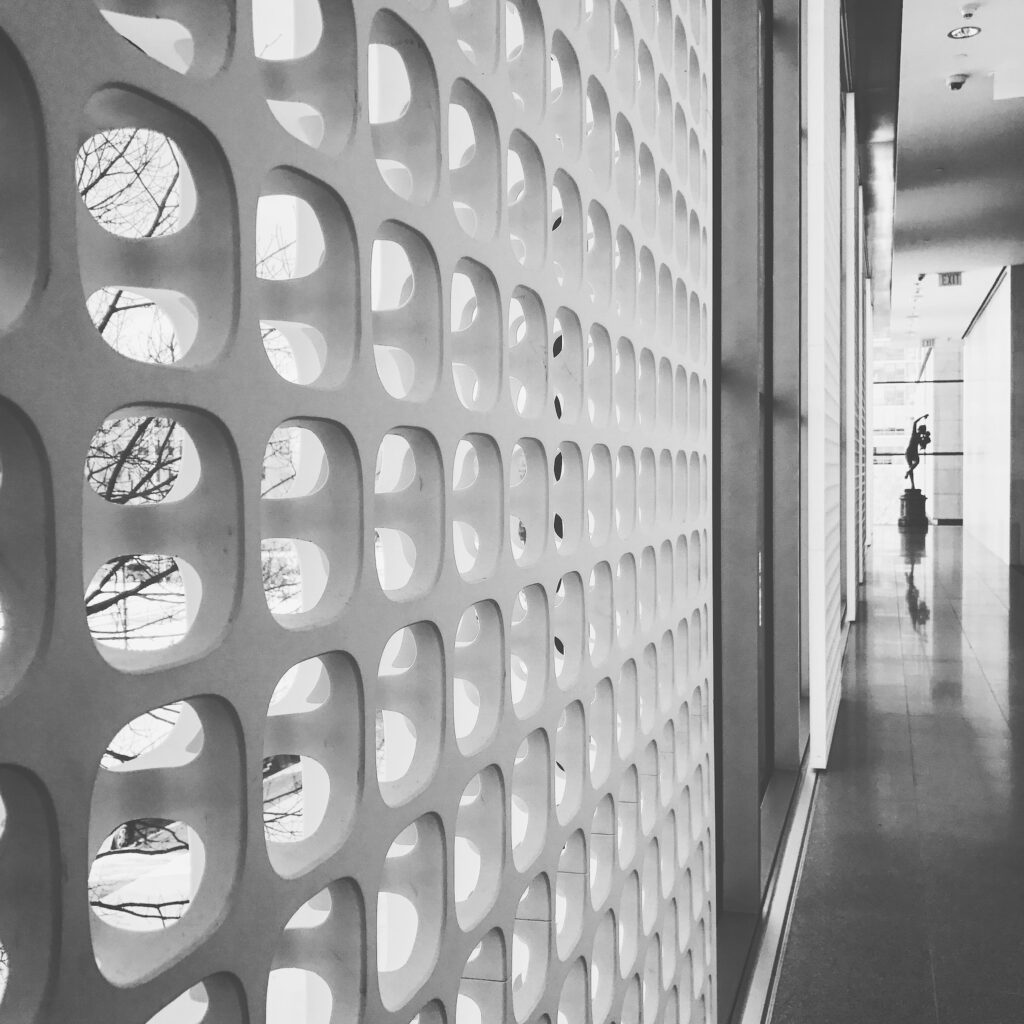

Advanced Techniques for Creating Impactful Black and White Images
High Key and Low Key Photography
High key and low key photography are techniques that emphasize extreme tonal ranges to create striking images:
– High Key: High key images are characterized by their bright, airy appearance with minimal shadows and predominantly light tones. This technique is often used in portraiture and fashion photography to create a soft, elegant look.
– Low Key: Low key images, on the other hand, are dominated by dark tones and deep shadows, creating a moody, dramatic effect. This technique is ideal for conveying intensity and emotion in portraits, still life, and abstract photography.
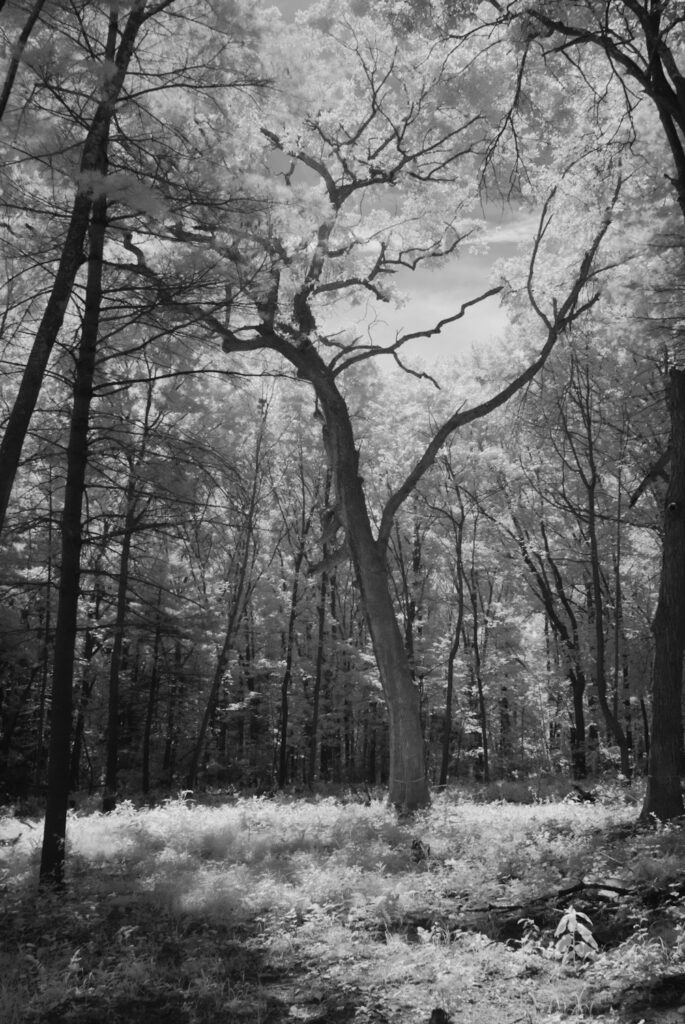
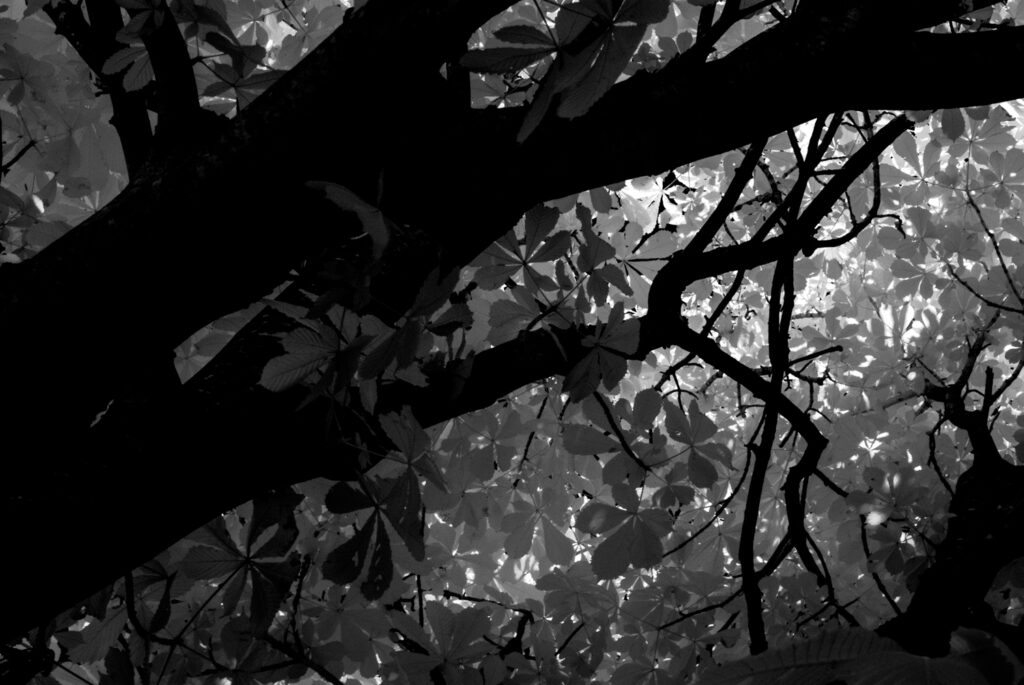
Infrared Photography
Infrared photography captures light that is not visible to the human eye, resulting in surreal and otherworldly black and white images. Special infrared filters or converted cameras are required to capture infrared light. This technique can produce stunning effects, such as white foliage against dark skies, adding an ethereal quality to your photos.
Toning and Split Toning
Toning involves adding a subtle tint to a black and white image to enhance its mood and depth. Common tones include sepia, blue, and selenium. Split toning allows you to apply different tones to the highlights and shadows, creating a more complex and nuanced effect.
Minimalist Black and White Photography
Minimalism in black and white photography focuses on simplicity and the use of negative space to create powerful compositions. By stripping away extraneous details, you can direct the viewer’s attention to the essential elements of the scene. Look for simple, bold shapes and clean lines to create striking minimalist images.
Tips for Mastering Black and White Photography
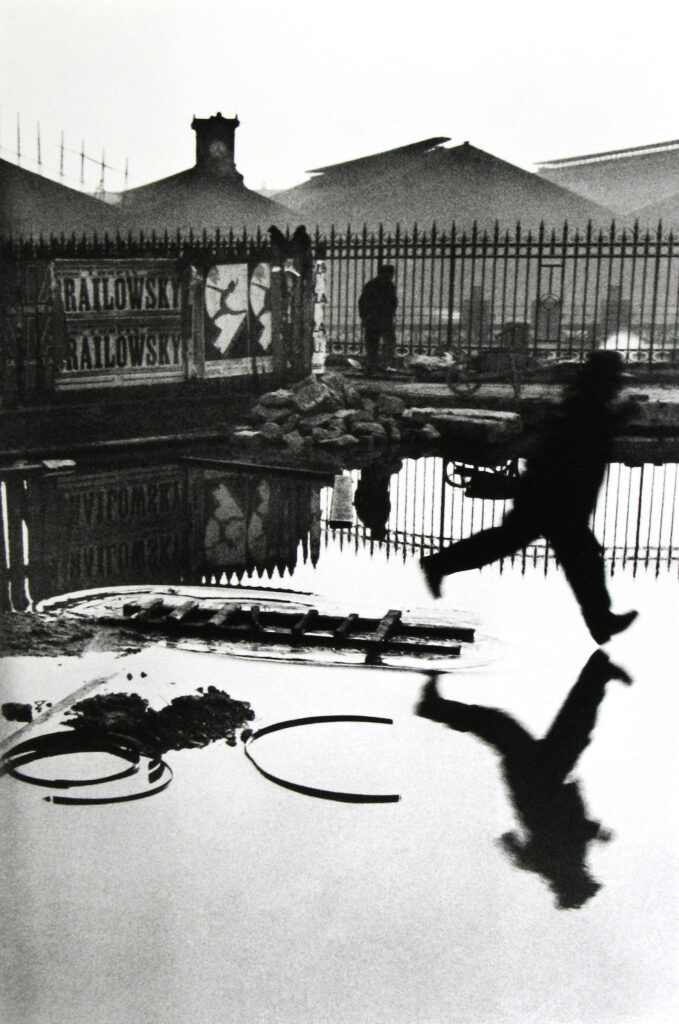
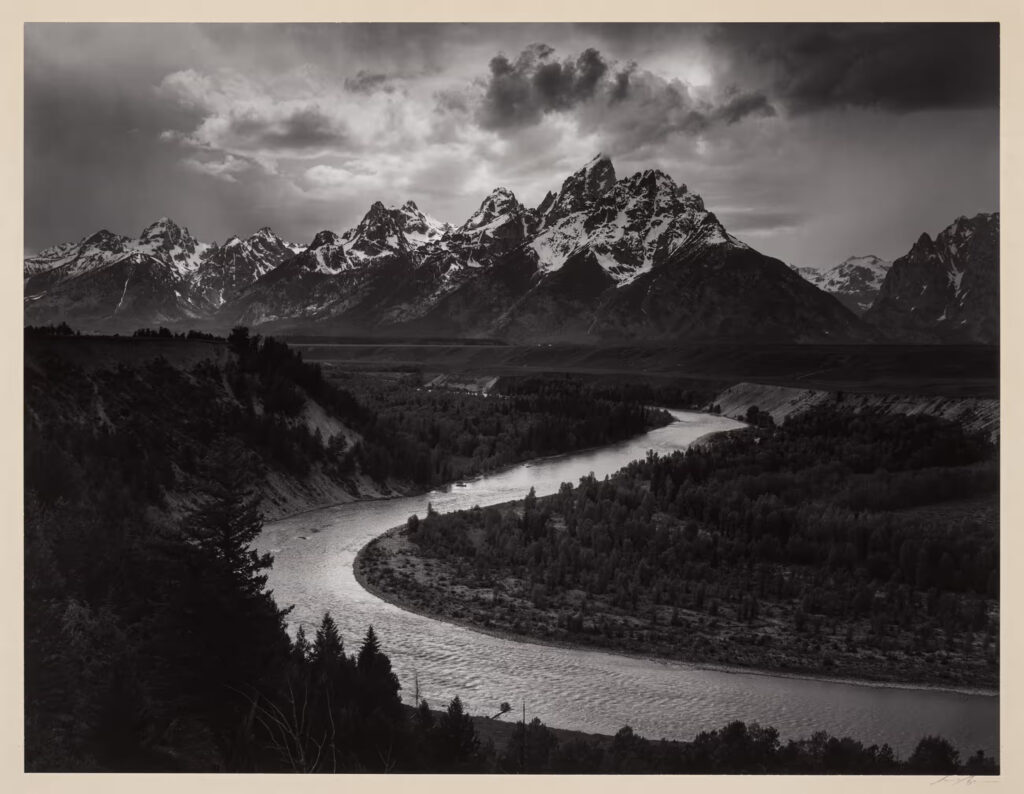

Study the Masters
Study the works of renowned black and white photographers such as Ansel Adams, Henri Cartier-Bresson, and Dorothea Lange. Analyzing their techniques and compositions can provide valuable insights and inspiration for your own work.
Practice and Experiment
Like any art form, mastering black and white photography requires practice and experimentation. Don’t be afraid to try new techniques and push the boundaries of your creativity. Take your camera out regularly and experiment with different subjects, lighting conditions, and compositions.
Pay Attention to Detail
In black and white photography, every detail matters. Pay close attention to the interplay of light and shadow, the textures and patterns, and the overall composition. Small adjustments can make a significant difference in the final image.
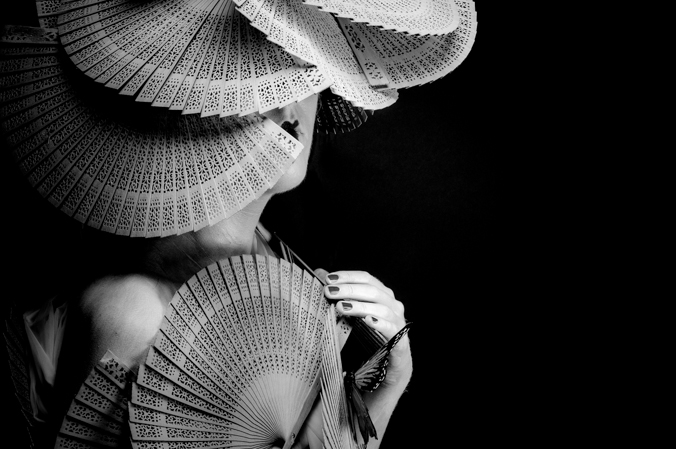
Embrace the Learning Process
Photography is a continuous learning journey. Embrace the process of learning and growing as a photographer. Seek feedback from peers, participate in photography communities, and keep honing your skills.
Black and white photography is a powerful and expressive medium that allows you to distill the essence of a scene into its most fundamental elements. By understanding the principles of light, contrast, and composition, and by experimenting with various techniques both in-camera and during post-processing, you can create impactful monochrome images that captivate and inspire.
Whether you’re drawn to the timeless beauty of classic black and white portraits, the dramatic contrasts of landscapes, or the abstract forms of minimalist compositions, black and white photography offers endless possibilities for creative expression. So pick up your camera, explore the world of monochrome, and discover the art of creating truly unforgettable black and white photographs.
Happy Shooting!
<3 Ann

